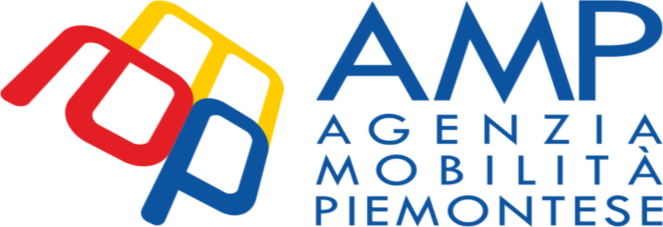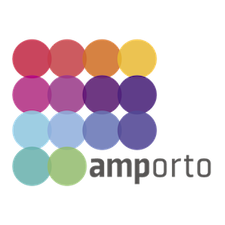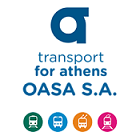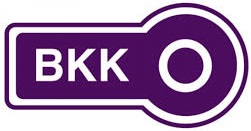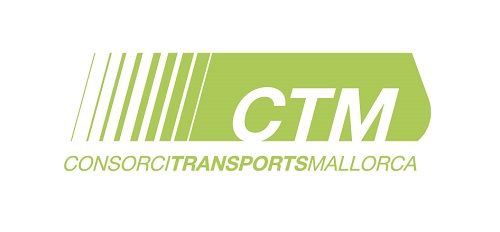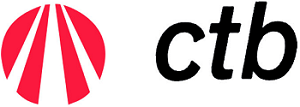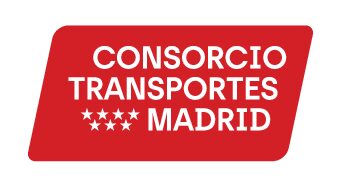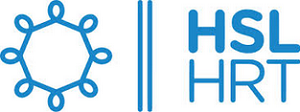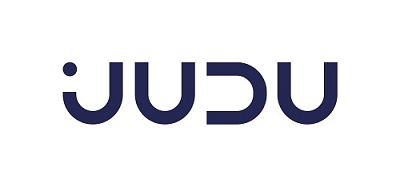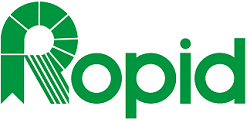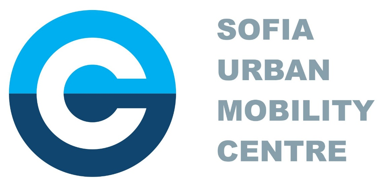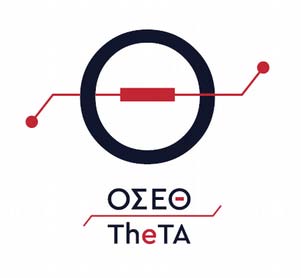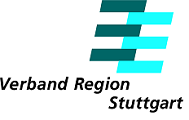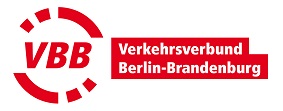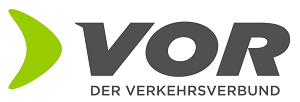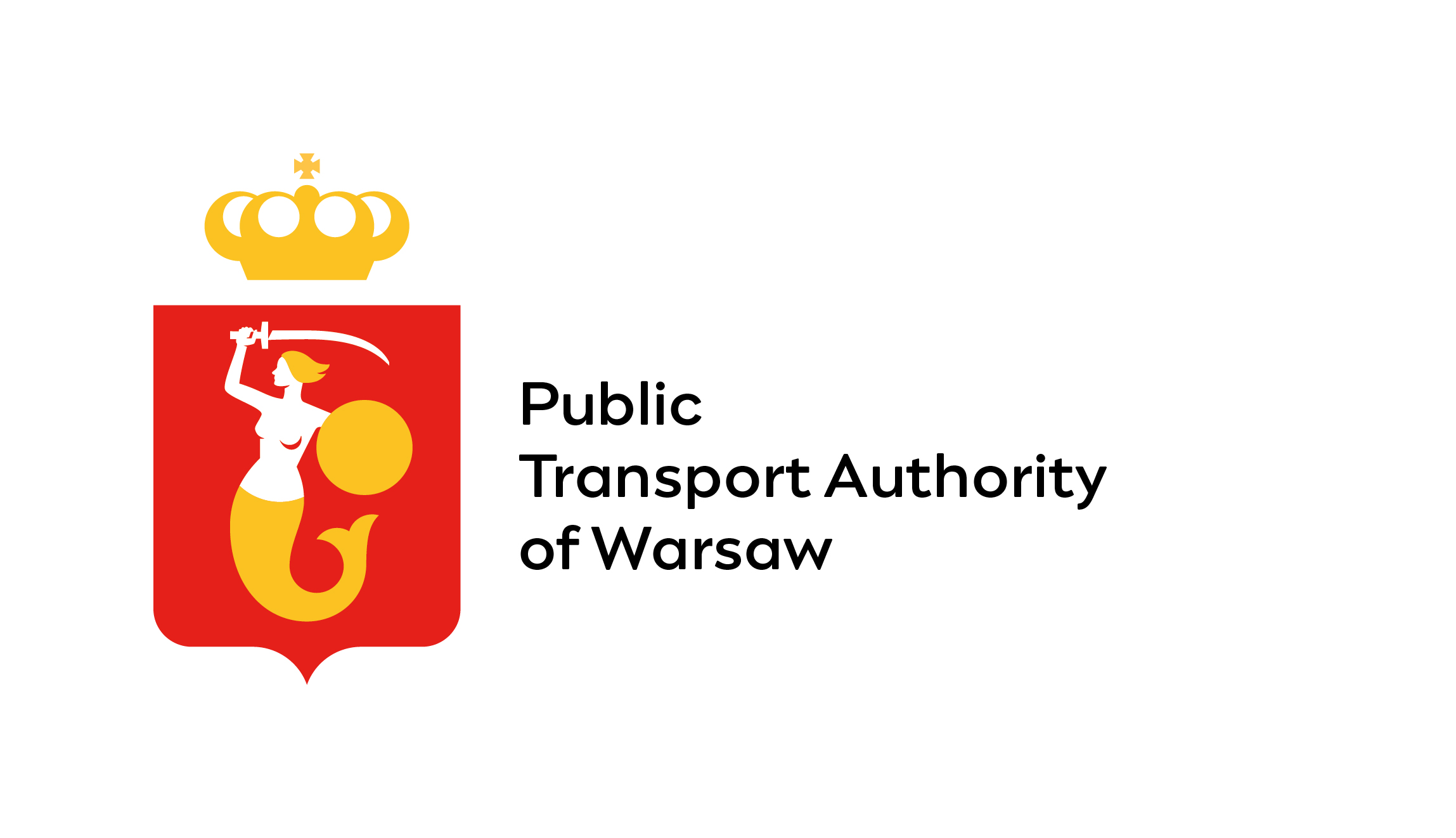Latest changes on emta.com

Publications

Working group PSO Implementation

Working group on quality

Working group on land use

Working group on ITS

Working group on accessibility / inclusion

Working group Barometer

Taskforce EU
Public transport networks
Description of the network: The public transport system for the Madrid region is a complex inter-modal system, consisting of various modes of transport: city and suburban buses, metro, light rail and suburban rail services. Two large subsystems can be detected: • The urban area of the city of Madrid: around 211 EMT city bus routes,
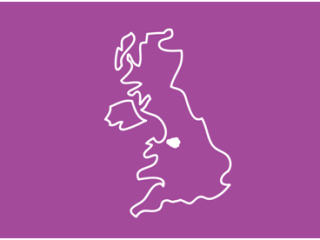
Identification of metropolitan area
Greater Manchester: 2.7 million residents The heart of the north 10 local authorities across the political spectrum working together Longest-established combined authority in the UK – established in 2011. Centre of innovation, education, industry and culture Economic potential exceeds that of any other UK city region Home to: MediaCityUK Manchester, Salford and Manchester Metropolitan universities,
